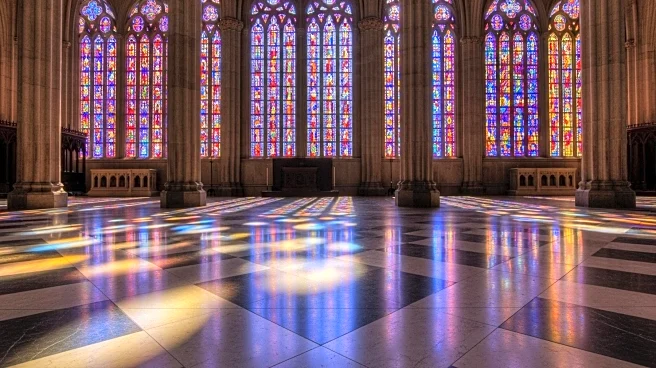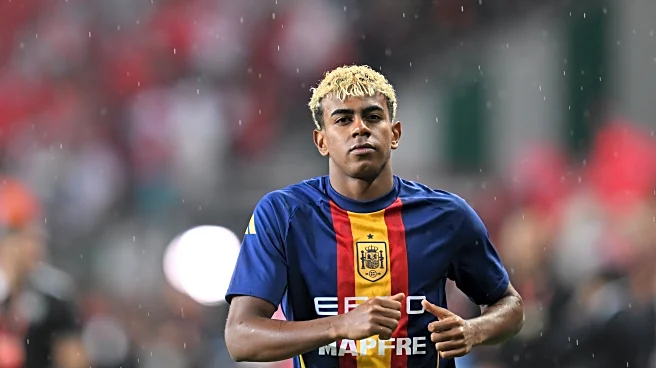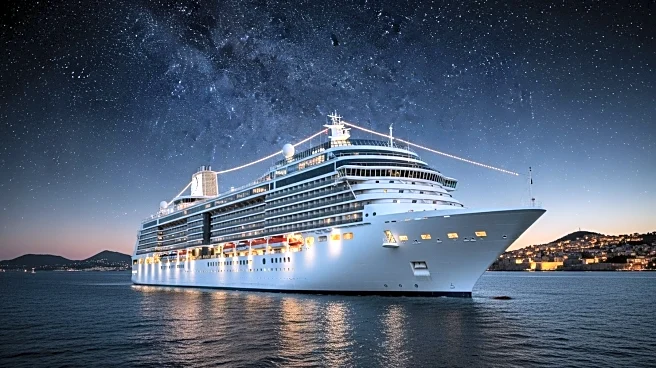The Sagrada Familia's timeline is a fascinating journey that spans over a century. From its inception by Antoni Gaudí to its current status as an iconic landmark, the basilica's history is marked by key phases and turning points that have shaped its development.
Origins
The origins of the Sagrada Familia date back to 1882 when construction began under architect Francisco de Paula del Villar. Antoni Gaudí took over the project in 1883, transforming it into a masterpiece of architectural innovation. His vision for the basilica was ambitious, incorporating elements of nature and spirituality.
Key Phases
The construction of the Sagrada Familia has undergone several key phases, each contributing to its unique design. Gaudí's work focused on the Nativity facade, which was completed in 1930. Subsequent phases have seen the addition of the Passion facade and the ongoing construction of the Glory facade.
Turning Points
A significant turning point in the basilica's history occurred in 2010 when it was consecrated by Pope Benedict XVI, elevating it to the status of a minor basilica. This event marked a milestone in the Sagrada Familia's journey, highlighting its spiritual and cultural significance.
Present Status in Source
Today, the Sagrada Familia remains unfinished, with construction expected to continue for several more years. Despite this, it stands as a symbol of Barcelona's artistic heritage and attracts millions of visitors annually.
 Discover Daily • 7 min read
Discover Daily • 7 min read 











